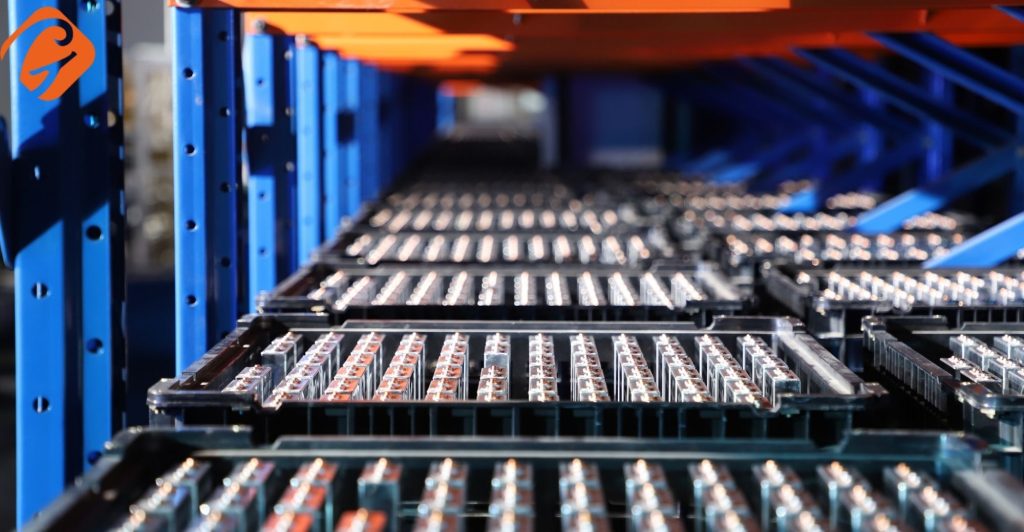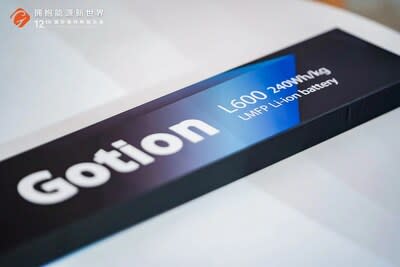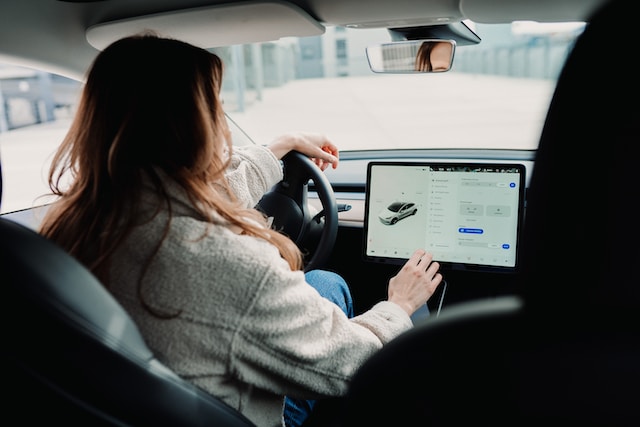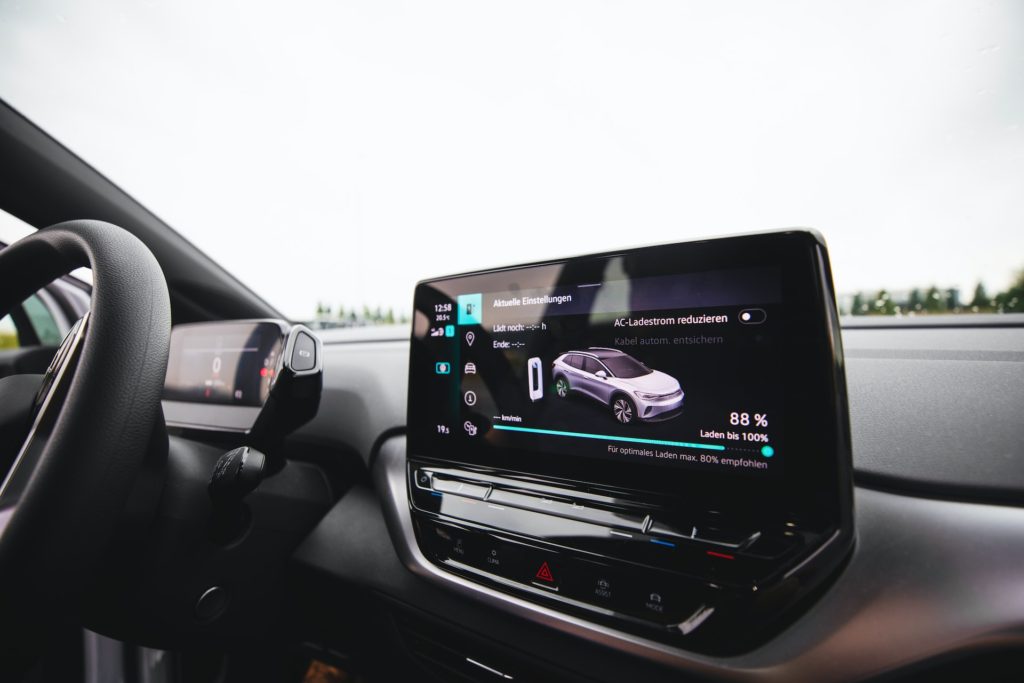Cover photo by Markus Spiske on Unsplash
Today’s Focus of Attention is reader-supported. We sometimes include products we think are useful for our readers. If you buy through links on this page, we may earn a small commission.
In a bold innovation, Gotion High Tech has presented its new L600 LMFP (lithium-manganese-iron-phosphate) battery, which boasts a staggering 1,000 km of range. This breakthrough nearly doubles the existing batteries in the market.
At its annual technology conference, GHT announced that mass production of this revolutionary battery will start in 2024, signalling significant strides in renewable and clean power.
Based in China, Gotion specialises in manufacturing lithium-ion batteries for electric vehicles, energy storage applications, and power transmission.
High-capacity LMFP

According to GHT, the fresh LMFP battery is tailor made for EVs. It offers a lifespan of 4,000 charge-discharge cycles and has passed all required safety tests.
Consider this: if the unit has a 1,000-kilometre range on a single power-up and can endure 4,000 charges, it means that it could last an impressive 4 million kilometres. This far outpaces the median life expectancy of an EV.
Let’s just remember that the actual duration depends on factors like driving conditions, management system, and temperature.
While Gotion High Tech is not the first company to develop a battery capable of a 1,000-kilometre range (Mercedes-Benz broke a range record with its Vision EQXX in 2022), it is poised to become the first to mass-produce such long-distance batteries.
The road to innovation

Initially, the battery proved inefficient, unwieldy, and heavy for an EV. In addition, the Chinese firm had to overcome significant challenges, including low compaction density, low conductivity, and manganese dissolution at high temperatures.

However, after a decade of persistent research and development, Gotion found the recipe for success: it employed a unique combination of electrolyte additives, enabling the battery to reach its full potential.
Gotion’s energy pack is sleek and lightweight. By reducing the number of parts and components by 45%, the unit became nearly a third lighter.
Moreover, innovative design reduced the wiring for the battery from 303 metres to a mere 80 metres.
Dr Cheng Qian, Executive President of the International Business Unit of Gotion, highlighted the recent resurgence of lithium-iron-phosphate (LFP) technology, driving an increasing market share.
Qian noted that the energy density growth of mass-produced LFP batteries had hit roadblocks and needed a chemical upgrade.
Gotion rose to this challenge, investing heavily in a system tailored to this new breed of storage devices. They are planning to invest $2.3 billion in a factory in the United States.
The future of EVs

This LMFP (lithium-manganese-iron-phosphate) battery promises to revolutionise EV efficiency, though challenges remain.
Key questions include how to recycle these batteries, what happens to them once they’re no longer in use, and where they will be produced.
Despite these hurdles, their durability, energy density, and weight offer enormous potential.
The timeline for these batteries to power the next generation of electric cars remains uncertain. However, the arrival of high-capacity modules in the automotive industry is inevitable.
Imagine a future with EVs boasting a 10,000-km range or cell phones lasting for a month or longer. This technology could also store energy from renewable sources like solar and wind, powering our homes throughout the night without relying on fossil fuels.
Each technological leap brings us one step closer to a greener future.
Am I a dreamer? Naïve, perhaps? I hope not.


